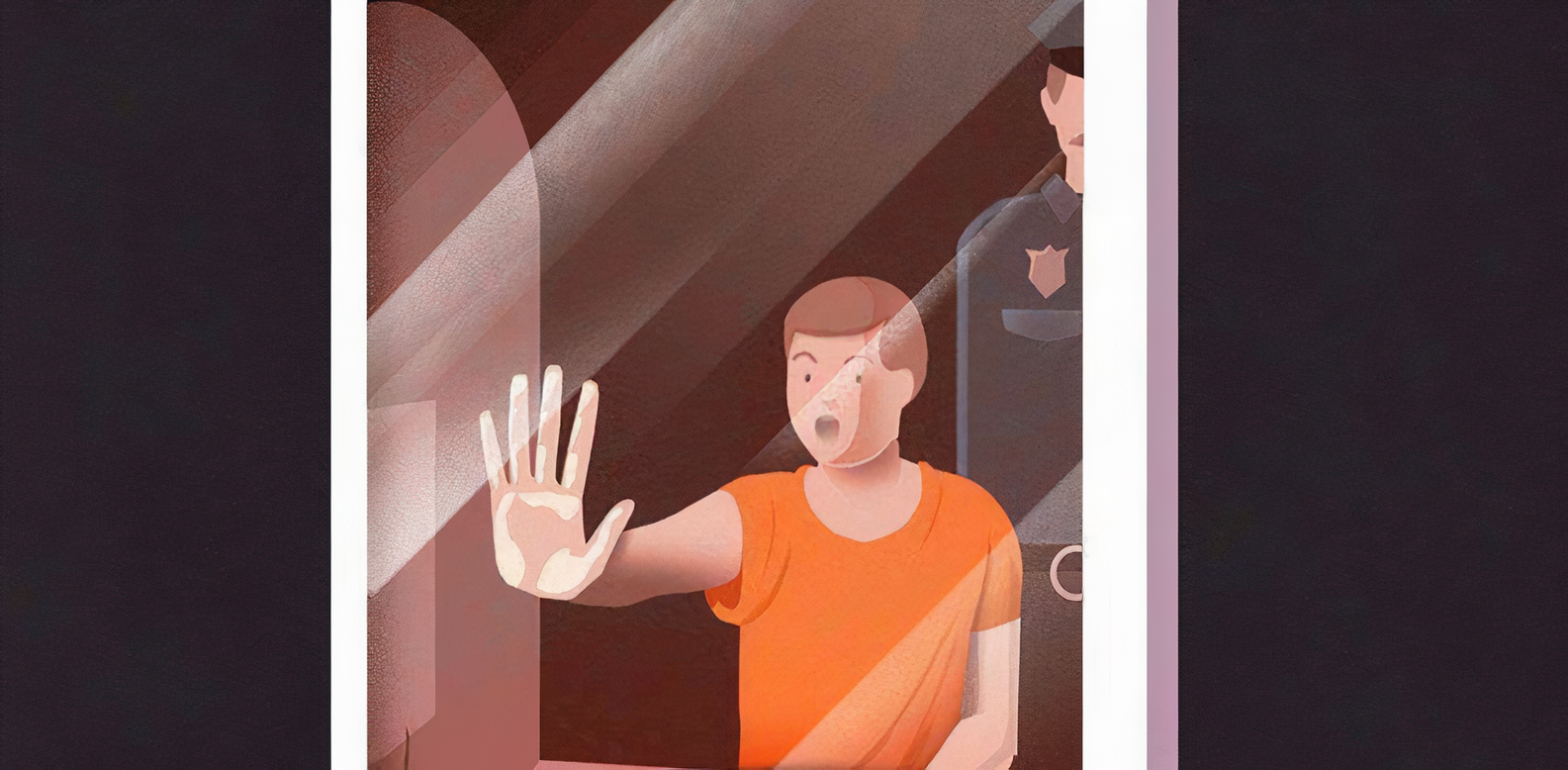
What is the difference between a SIZO and an ITT?
As shown by Google search statistics, users frequently search for information about what a pre-trial detention centre (SIZO) and a temporary detention facility (ITT) are, the differences between them, their internal rules, and what items can be sent to detainees. Typically, this information is sought by individuals who are likely to face criminal charges, detainees, suspects, or their close relatives and friends.
Given that the legislation on this issue is quite extensive, we will try to briefly structure the information in this article.
ITT – an abbreviation that stands for temporary detention facility. This is a special institution where:
- persons suspected of committing a criminal offence are held
- persons detained based on an investigator judge’s decision to permit detention for the purpose of bringing them to court are held
- persons for whom a preventive measure in the form of detention has been applied, if it is impossible to transport them to a SIZO during this period due to distance or lack of proper transport connections
- if there are risks to the life and health of the suspect
- in other specific cases determined by the need for investigative actions
It should be noted that a detainee can be held in an ITT temporarily, for no more than 10 days.
What personal items are allowed in an ITT?
Individuals held in an ITT are allowed to have:
- clothing (underwear, socks, indoor or sports shoes (without laces) – one pair each)
- toiletries (toilet soap, laundry soap, toothbrush, tooth powder or paste, comb, tissues, toilet paper, laundry powder)
- documents and records related to the criminal case
- paper, envelopes, stamps, and plain pencils
- tobacco products (no more than 30 packs of cigarettes or tobacco) and matches (no more than 10 boxes), as well as food from parcels or purchased from a store, and medicines (with the permission of a medical worker)
Visits
Visits by relatives or other persons are granted by the ITT administration with a written permit from the investigator. The permit is valid for one visit only. The visit may also take place in the presence of a designated ITT staff member.
Visits with a lawyer do not require the consent of the prosecutor/investigator/court and are confidential and unlimited in number.
Transfer of food and clothing
Transfers are accepted based on an application and according to a special ITT schedule. All food items are inspected and checked before being handed over to the detainee, including: cutting bread products into several parts, transferring liquid products into ITT containers, opening and transferring canned goods into another container, cutting sausage products into several parts, sifting loose items and food products, and accepting sweets, waffles, biscuits, etc., only in unwrapped form, without packaging.
There are no weight restrictions for transfers for sick individuals with confirmed medical conditions, pregnant women and women with children, as well as minors.
List of items prohibited for transfer:
- any weapons, ammunition, explosives, as well as special and self-defence equipment
- mobile phones, money, valuables, securities
- any items made of precious metals
- narcotic drugs, psychotropic substances, their analogues and precursors, medical devices
- playing cards of factory or homemade production
A more detailed list of prohibited items can be found in the Law of Ukraine “On Pre-trial Detention” and the Instructions on Ensuring the Detention Regime and Security of Persons Held in Temporary Detention Facilities of the National Police of Ukraine.
SIZO – an abbreviation for pre-trial detention centre, designed to hold persons for whom a preventive measure in the form of detention has been chosen at any stage of the criminal proceedings.
The procedure and conditions for staying in a SIZO for detained persons and certain categories of convicted individuals are regulated by the Internal Rules of Pre-trial Detention Centres of the State Criminal-Executive Service of Ukraine.
Detainees are held in small or general cells. In exceptional cases, to maintain the secrecy of the pre-trial investigation, protect detainees from possible threats to their lives, prevent them from committing another criminal offence, or for medical reasons, they may be held in solitary confinement.
Detainees are placed in cells with the following isolation requirements:
- men are held separately from women
- minors separately from adults
- detained staff members of Ukraine’s intelligence agencies, the State Bureau of Investigation (DBR), and the National Anti-Corruption Bureau of Ukraine (NABU) are held separately from other detainees
- persons brought to criminal responsibility for the first time are held separately from those previously brought to criminal responsibility
- persons who have previously served a sentence in places of deprivation of liberty are held separately from those who have not
- persons accused or suspected of crimes against Ukraine’s national security are generally held separately from other detainees
However, in practice, these rules are often violated, considering the low level of provision and organisation of the penal system, as well as for reasons primarily beneficial to the prosecution.
SIZO have special premises (such premises are also available in ITTs):
- a cell – a living space designed to hold detainees and convicts in numbers of two or more
- a solitary cell – a room designed for solitary confinement of detainees, including to ensure personal safety, for medical reasons, and to prevent negative influence on other detainees
- a disciplinary cell – a room designed for holding detainees and convicts who flagrantly violate the rules of the pre-trial detention centre
The list of permitted food products for transfer to a SIZO is the same as in an ITT.
Transfers are accepted in the order of visitors’ queue in a specially equipped room according to a set schedule. The person bringing the transfer fills out and signs an application in two copies and hands it over to the duty shift inspector, who checks the contents of the transfer by item name, quantity of items, food products and their weight.